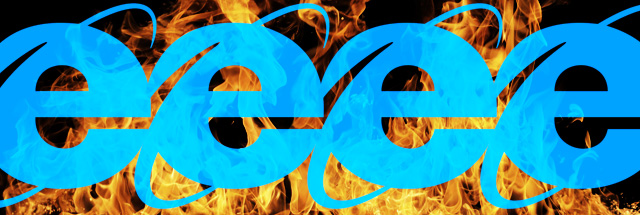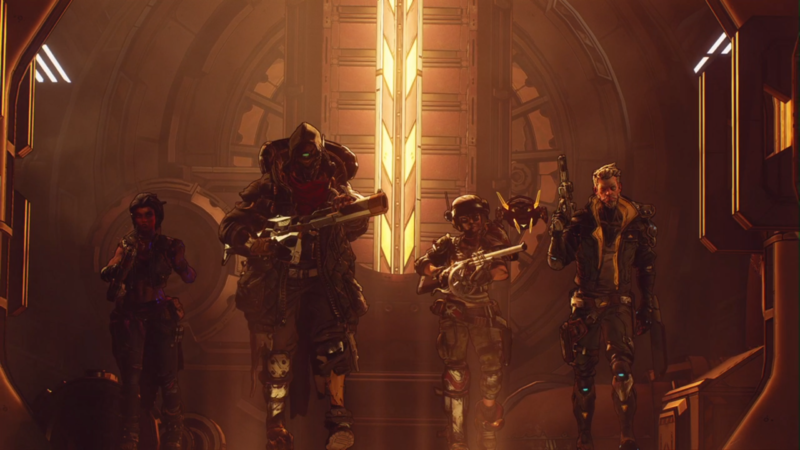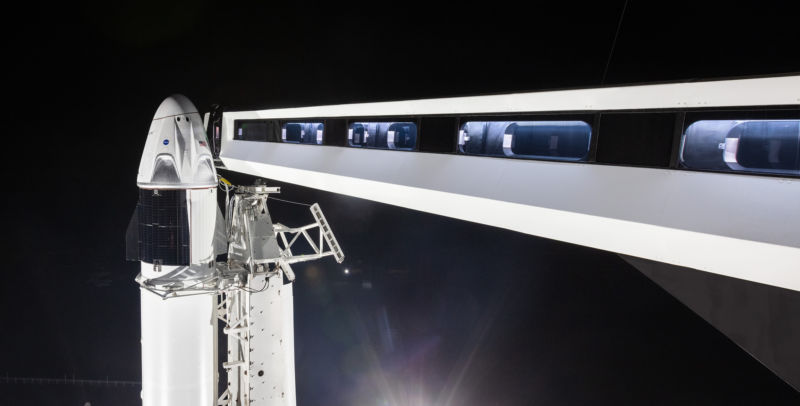
(credit: Aurich Lawson)
The year is 2009. YouTube, four years old, has become the Web’s leading video site. Though Internet Explorer 6 was far from current—it had been superseded by versions 7 and 8—it nonetheless made up some 18 percent of YouTube’s traffic. These were, after all, the dark days of Windows XP; corporations had overwhelmingly stuck with Windows XP in spite of the release of Windows Vista, and Windows 7 was still some months from release. Many organizations still running XP appeared to be wishing for a kind of computational stasis: they wanted to be able to run Windows XP and Internet Explorer 6 forever, unchanging, which would greatly simplify their maintenance and support costs.
But Internet Explorer 6 was nearly eight years old and seriously showing its age. On its release, the browser had a legitimate claim to be the best, fastest, most standards compliant, and most stable mainstream browser around. But those days were long gone. Compared to the alternatives—Firefox 3.5, Internet Explorer 8, and Google’s Chrome—it was slow, unstable, and riddled with proprietary, non-standard behaviors. This was causing the team developing YouTube considerable pain, with weeks of extra work each development cycle to ensure that the site still worked correctly in the old browser.
According to former YouTube developer Chris Zacharias, this pain prompted the YouTube team to take renegade action to drive users away from Internet Explorer 6 and onto something newer and better. Though YouTube has been under Google’s ownership for about three years, YouTube’s engineers were suspicious and wary of being integrated into Google’s corporate machine. They had their own special set of permissions named “OldTuber,” and anyone with OldTuber permissions could freely modify the YouTube site without going through Google’s usual change management process of code reviews, testing, adherence to coding standards, and so on. It was cowboy territory, where developers could do as they liked. Only the risk of breaking things—and hence losing OldTuber permissions, if not their job—kept them on the straight and narrow.
Read 6 remaining paragraphs | Comments
Ex-YouTube engineer reveals how video site worked to kill off Internet Explorer 6 published first on https://medium.com/@CPUCHamp







